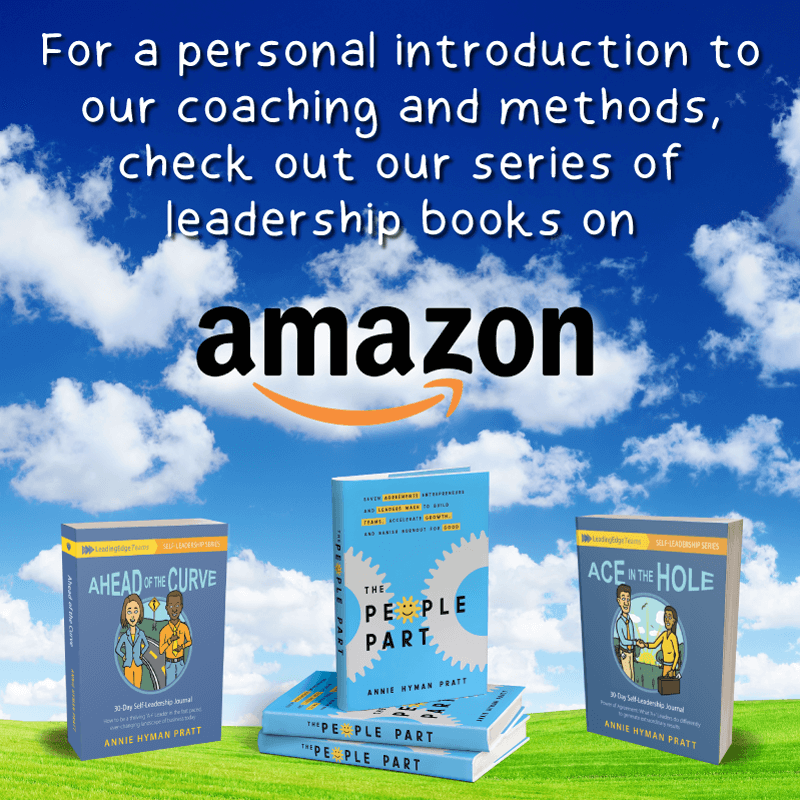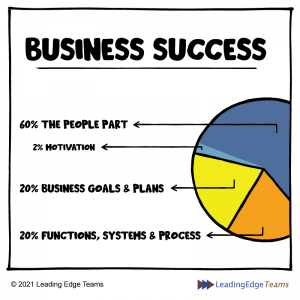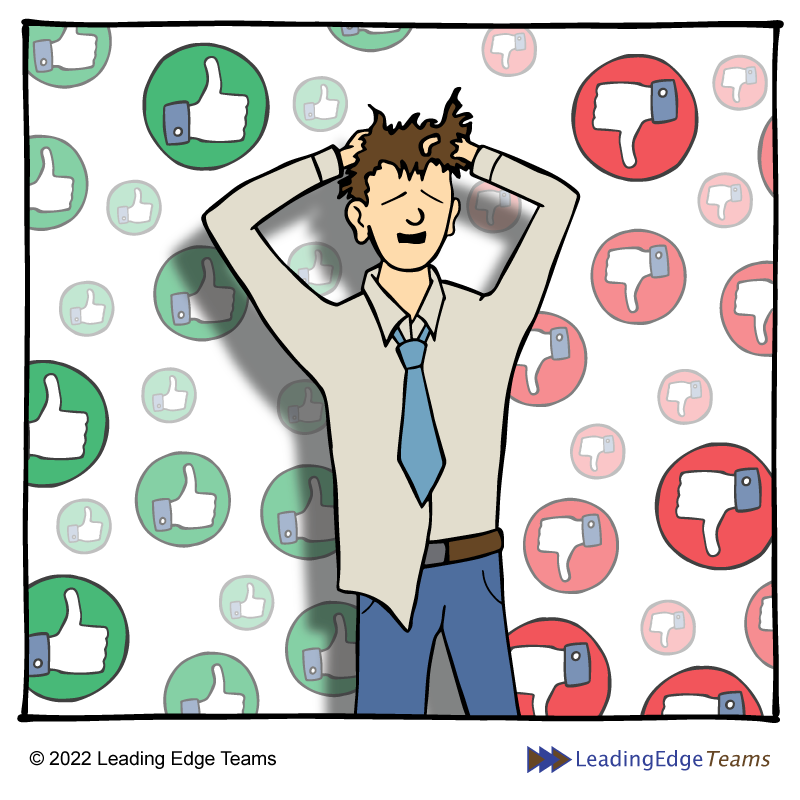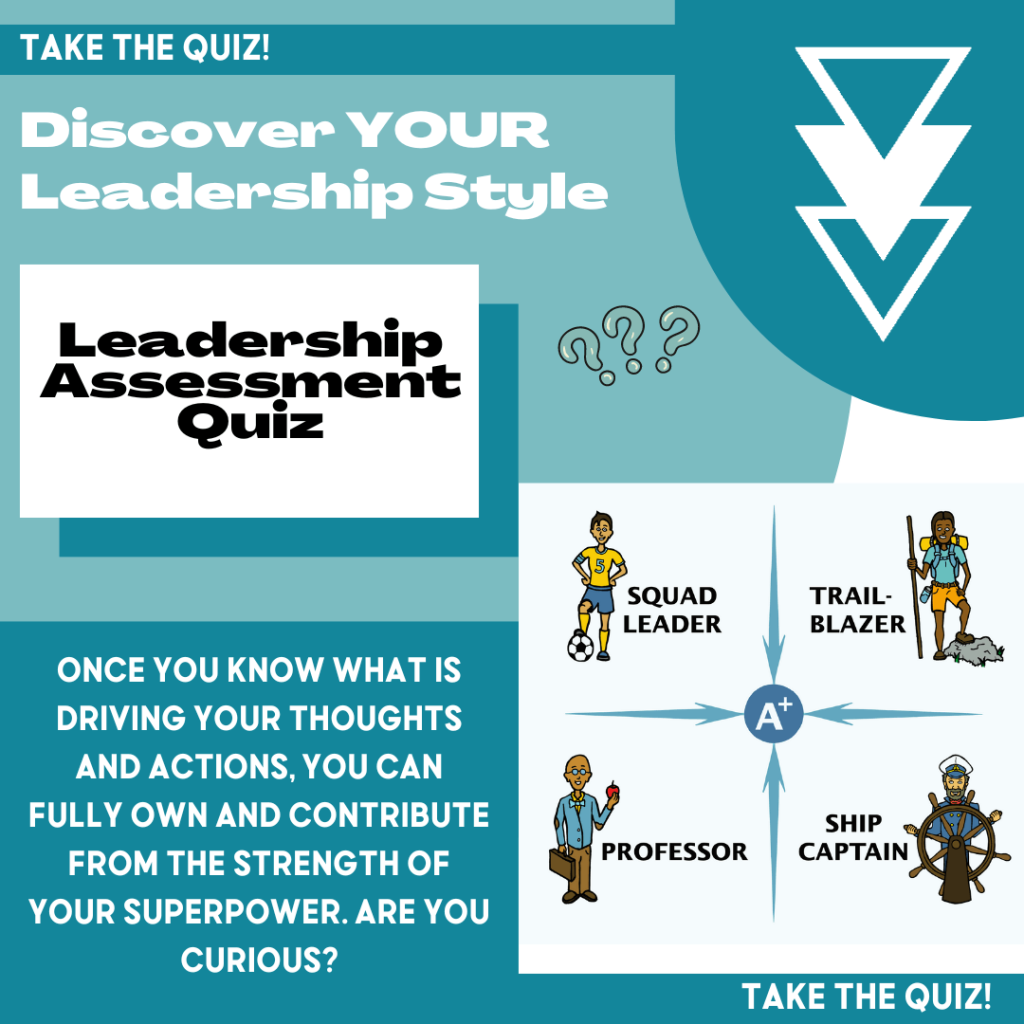Have you ever witnessed someone who was totally unaware of the impact of their behavior or that they are in self-protection?
I’m sure you have—we all have. It isn’t pretty and can look gnarly, but it is helpful to know that we all have stealth, hidden blind spots that happen when we are reacting from self-protection. These behaviors are often unconscious and automatic, but can have an impact on the way others experience us and the results we achieve.

Slow Down
When you are able to slow down and become aware of your own state of reaction in the moment, you’ll be better able to ask yourself, “What’s the impact I’m having here, and is this what I am intending?” Often the impression we have of ourselves and how we want to show up are completely different from what others are experiencing in the interaction with us.
That comes from a lack of awareness of the effect of our self-protective behaviors on others.
Under Pressure
What I notice often in our work with leaders, especially during these times of so much uncertainty and external influences that are impacting people and business, is that our team is under huge amounts of pressure and stress not only at work but within their personal lives. Due to this, so many leaders are finding themselves in self-protection more often. In uncertainty, we are hardwired to have protective reactions—and that’s okay because it’s normal. It is part of being human. Yet, we need to pay attention to the impact we have on others in order to create secure and supportive relationships for achieving the results we are going for together.
Reminders
How do we become aware of our own self-protective behaviors especially when we might be more reactive due to current stresses?
In our coaching sessions, I remind Entrepreneurial Leaders to consider the whole person now more than ever. Everyone has been affected by the current economic and social climate over the last few years. People are feeling stressed with added pressure from multiple avenues—it is understandable that we may find ourselves and others being more emotionally reactive in situations, and we want to be sure we are compassionately keeping this consideration in mind.
How can we each be more aware of our own behaviors when interacting with others?
Pause
It starts with pausing to recognize and observe, and then fully accepting our own reactions through the lens of compassion. If we always apply compassion to ourselves first, then this is key to being able to extend the same kindness and compassion to others on our team.
As you pause, ask yourself, “What is happening right now and what is it I’m going for?” These questions bring forward curiosity and openness. When you pause long enough and lean into curiosity, you are able to choose your impact and easily anchor in a positive intended outcome—especially when there are a lot of moving parts and external drivers that are impacting not only the business, but everyone on your team.
Safety
Being in Self-Leadership brings a sense of confidence and security. When you lead from this place, it is easy to be open to what others are thinking and even what their self-protection may be informing you. How can you meet them where they are?
The truth is we may not know everything that a team member is experiencing inside and outside of work; therefore our part is to be compassionate, curious and anchor in the awareness of the influence and impact we are going for, and stay aware of our own process to keep returning to Self-Leadership. From Self-Leadership, you will be best positioned to have the positive impact you are going for and connect with your team members in knowing they are doing the best they can in circumstances of change and uncertainty. This is Leadership!
The People PartTM
The People Part always comes first—it is up to us to be intentional in creating an environment that includes more safety and security. This creates the container for you and your team to do your best thinking together and drive results to reach your successful outcomes.
Put This Into Practice
Here are some tips and reminders that can help you be more aware of your own self-protective behaviors and ways you can lean in and lead with more compassion…
- Get curious about your own self-protective behavior. Knowing your own reactions and becoming more aware of when you find yourself blaming, judging, defending, hiding, or any other reactive behavior, the better opportunity you have to be a witness to others having a similar experience. Remember: we are all hard-wired for self-protection. The key is to be aware and to do the work to return to Self-Leadership.
- Practice extreme self-care. The more you are under a lot of pressure and stress, the more you need to employ the practices that help you refuel and return to a neutral state. Your best thinking isn’t available if you aren’t taking care of yourself.
- Anchor in viewing everyone through the lens of compassion. Assume positive intent from your team members. We are all doing the best we can in any given moment and the truth is—we may not know what others are experiencing that is impacting their ability to do their best.
- Use the power of the pause when you recognize you are in self-protection. Once you are in the habit of recognizing your own reactions, be sure to pause. This allows you to slow down the flood of emotions enough to choose your next best step from a place of Self-Leadership.
- Keep asking yourself, “What’s my part and what’s the impact I’m going for?” This practice is a powerful reminder that you and your team are in this together. It helps you anchor in your own positive intent as you move together to reach the outcomes of the business.
Leadership
Remember, that you have the power to make a difference, lead with positive intent, and create a safe environment so that you and your team have a better chance of navigating the changes being brought forward during these unknown times.
This is leadership and you are doing great!
-Barbara











